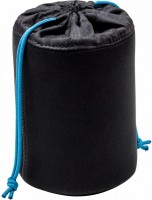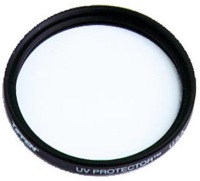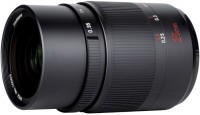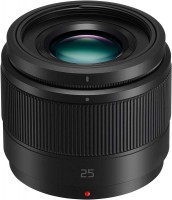Olympus 30mm f/3.5 ED Macro M.Zuiko Digital
 |
Olympus 30mm f/3.5 ED Macro M.Zuiko Digital | |||||||||||||||||||||||||||||||||||||
| |||||||||||||||||||||||||||||||||||||
Always clarify the specifications and configuration of the product with the online store manager before purchasing.
Catalog Olympus 2025 - new arrivals, bestsellers, and the most relevant models Olympus.
Buy Olympus 30mm f/3.5 ED Macro M.Zuiko Digital
All prices 6 →OM SYSTEM OLYMPUS MZuiko Digital ED 30mm F35 Macro For Micro Four Thirds System Camera Compact Macro lens 125x Image Maginif | $249.99 | ||||
Olympus V312040BU000 M. Zuiko Digital ED 30mm f/3.5 Macro Lens | $249.99 | ||||
Olympus M.Zuiko Digital ED 30mm f/3.5 Macro Lens for Micro Four Thirds, Black V312040BU000 | $249.99 | ||||
Olympus M.Zuiko Digital ED 30mm F3.5 Macro V312040BU000-U410-AF01 | $249.99 | ||||
Olympus M Zuiko Digital ED 30mm F35 Macro Lens Suitable for All MFT Cameras Olympus OM-D & Pen Models Panasonic G-Series Bla | $206.36 | ||||
Olympus M.Zuiko Digital ED 30mm f/3.5 Macro Lens for Micro Four Thirds, Black V312040BU000 B | $349.99 | ||||
The M.Zuiko Digital ED 30mm f/3.5 Macro premium macro lens (according to Olympus classification) is one of the two "glasses" of the Japanese brand for the Micro 4/3 mirrorless system, sharpened for photographing small objects from a short distance.
Frame detail
A distinctive feature of the character of the model is an increase of 1.25:1. Those. a bug with a length of, for example, 1 cm will be projected onto a camera matrix in the size of 1.25 cm, which improves the overall detail of the frame. To focus, it is enough to keep the lens at a distance of about 4 cm from the target — the minimum focus distance of the Olympus M.Zuiko Digital ED 30mm f / 3.5 Macro in relation to the plane of the matrix is 10 cm, another 6 cm is taken in length by the lens body.
The pursuit of luminosity
The model does not claim to be a high-aperture model. Due to the excessively small depth of field at minimum focus distances, you still need to shoot on a closed aperture, and there is not much point in chasing a high aperture. The lens is a priori designed to fix small details, with which everything works out in the best way. The positive picture is complemented by pleasant and soft bokeh, the almost complete absence of chromatic aberrations and minimal image vignetting.
Electronic focus control
The Olympus M.Zuiko Digital ED 30mm f / 3.5 Macro looks ascetic — you don’t have a focus distance scale or a focus distance switch. Of the controls in the arsenal of the lens, there is perhaps a wide electronically controlled focus ring. It takes some getting used to, as the speed at which the focus changes depends on how fast the ring is rotated. Summarizing the above, the conclusion suggests itself that for beginner amateur photographers who want to join the unusual world of macro photography, it is better not to find a lens with an equally affordable price tag.

















































